The urban landscape is undergoing a quiet revolution, one that could redefine how we think about food production, sustainability, and the very buildings we inhabit. Vertical algae farms, once confined to the realm of experimental design, are now emerging as a viable solution to some of the most pressing challenges of our time. By transforming building facades into living, breathing systems that cultivate protein-rich algae, architects and scientists are creating a symbiotic relationship between urban infrastructure and nutrition.
At the heart of this innovation lies a simple yet profound idea: what if buildings could do more than just house people? What if they could actively contribute to feeding them? Algae, one of the most efficient photosynthetic organisms on the planet, offers a compelling answer. Unlike traditional crops, algae require no arable land, minimal water, and can grow exponentially in controlled environments. When integrated into vertical farming systems on skyscrapers or residential buildings, these microorganisms become a continuous source of biomass that can be harvested for food, fuel, or even carbon sequestration.
The technology behind vertical algae farms is as elegant as it is practical. Transparent bioreactors, often embedded within glass panels or mounted on exterior walls, create ideal conditions for algae cultivation. Sunlight, abundant in urban vertical spaces, drives photosynthesis, while circulated water and nutrients sustain rapid growth. Some systems even utilize waste CO2 from building ventilation to further boost productivity, effectively turning a greenhouse gas into a valuable resource. The result is a closed-loop system where architecture actively participates in ecological cycles rather than disrupting them.
From a nutritional standpoint, algae represent an underutilized superfood. Species like spirulina and chlorella contain up to 70% protein by dry weight—more than twice the concentration found in beef—alongside essential amino acids, vitamins, and omega-3 fatty acids. As global demand for protein surges alongside population growth, algae farming on vertical surfaces could provide a scalable alternative to resource-intensive livestock production. Early adopters in cities like Berlin and Singapore have already demonstrated that building-integrated algae can supply local communities with fresh, sustainable protein year-round, regardless of seasonal limitations.
The architectural implications are equally transformative. Algae-infused facades dynamically respond to environmental conditions, changing opacity to regulate building temperature or blooming into vibrant green hues as biomass accumulates. This living cladding system goes beyond mere aesthetics; it represents a fundamental shift from static structures to adaptive, productive ecosystems. The line between agriculture and architecture blurs as buildings take on organic functions traditionally associated with farmland.
Critics initially questioned the economic viability of vertical algae farms, but recent advancements have silenced many skeptics. Automated harvesting systems, AI-driven growth optimization, and the development of high-value algal byproducts (from bioplastics to pharmaceuticals) have dramatically improved ROI. When factoring in the ancillary benefits—reduced HVAC costs from bio-shading, improved air quality, and carbon credits—the model becomes financially compelling for developers. Pilot projects have shown that a single hectare of vertical algae surface can produce protein equivalent to 50 hectares of soybeans annually, making urban real estate suddenly competitive with rural farmland.
Perhaps most importantly, this technology democratizes food production in unprecedented ways. Food deserts—urban areas with limited access to fresh nutrition—could become self-sufficient through building-integrated farming. Office workers might someday collect algal protein from their workplace facade to bring home for dinner, while apartment dwellers could monitor their building’s biomass production via smartphone apps. The psychological impact of living surrounded by productive greenery, as opposed to concrete and steel, could reshape urban mental health paradigms.
As climate change accelerates and traditional agriculture faces increasing instability, vertical algae farming offers a resilient alternative. These systems thrive in conditions that would decimate conventional crops: they’re largely unaffected by droughts, require no pesticides, and can operate in polluted urban air while actually improving it. In coastal cities threatened by rising seas, saltwater-tolerant algae species could turn flooding risks into agricultural opportunities.
The road ahead isn’t without challenges. Regulatory frameworks lag behind the technology, with building codes yet to address living facades as food production sites. Consumer acceptance of algae-based foods needs cultivation in Western markets, though chefs and food innovators are making headway with algae burgers, smoothies, and pasta. There’s also the engineering challenge of maintaining large-scale bioreactor systems at height, though lessons from vertical gardening and aquarium industries provide valuable blueprints.
What began as fringe biomimicry experiments are now giving rise to a new architectural typology. The buildings of tomorrow may be judged not just by their aesthetic or function, but by their metabolic output—how much protein they produce, how much carbon they capture, how they nourish their inhabitants literally as well as figuratively. In this emerging paradigm, the distinction between farm and city dissolves, replaced by a vision where every surface contributes to the circle of life. The vertical algae farm represents more than a technological innovation; it’s a philosophical shift in humanity’s relationship with both architecture and sustenance.
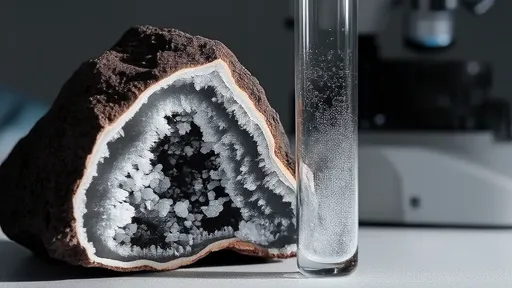
By /Jul 18, 2025

By /Jul 18, 2025

By /Jul 18, 2025

By /Jul 18, 2025

By /Jul 18, 2025
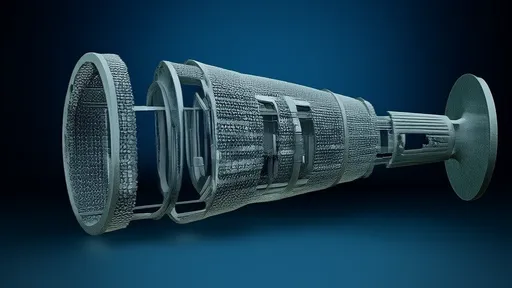
By /Jul 18, 2025

By /Jul 18, 2025

By /Jul 18, 2025
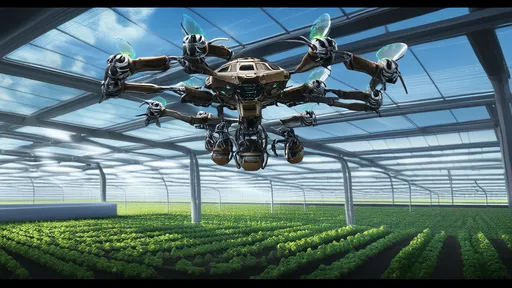
By /Jul 18, 2025
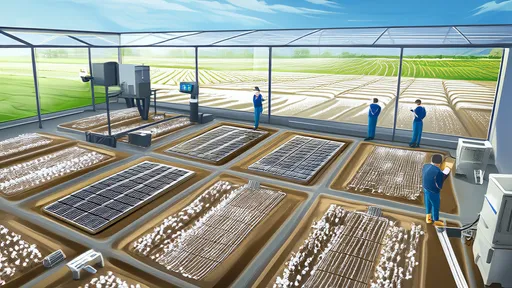
By /Jul 18, 2025
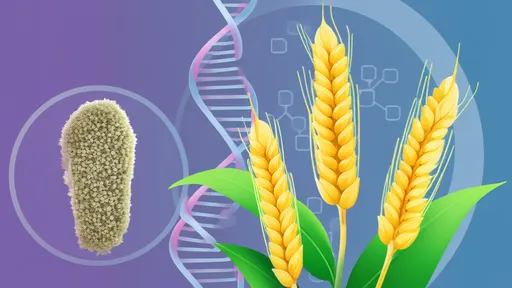
By /Jul 18, 2025
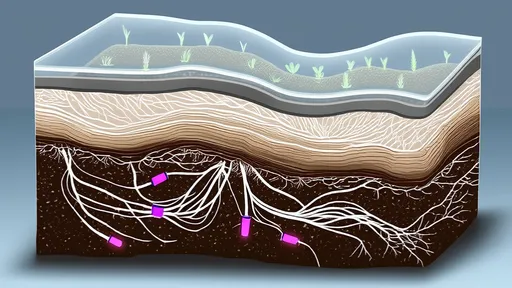
By /Jul 18, 2025
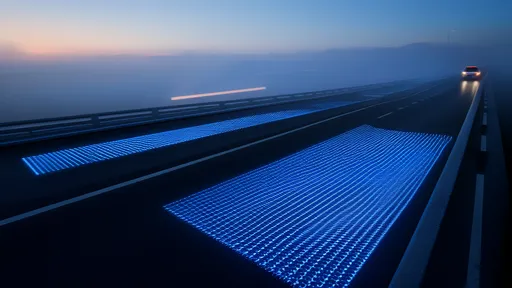
By /Jul 18, 2025
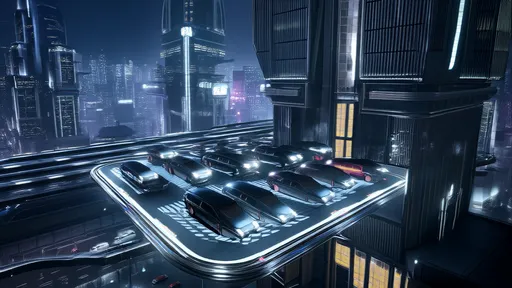
By /Jul 18, 2025
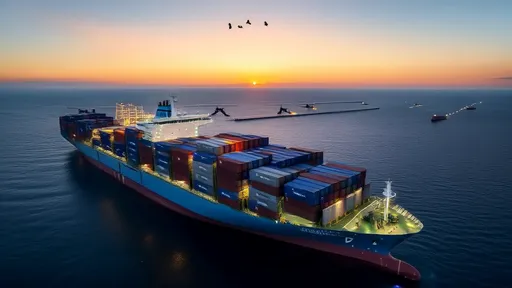
By /Jul 18, 2025
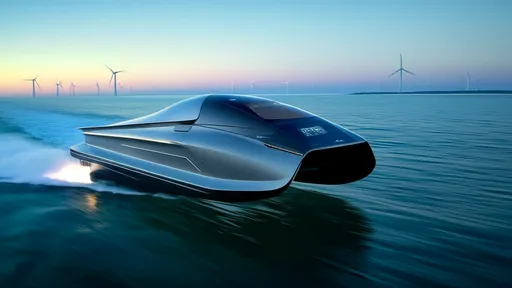
By /Jul 18, 2025
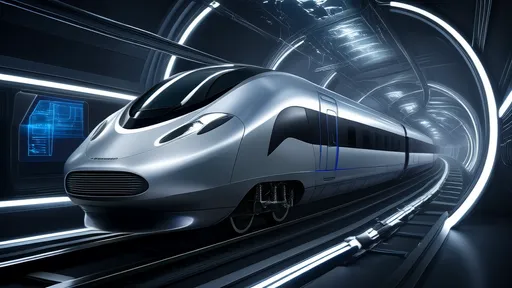
By /Jul 18, 2025

By /Jul 18, 2025